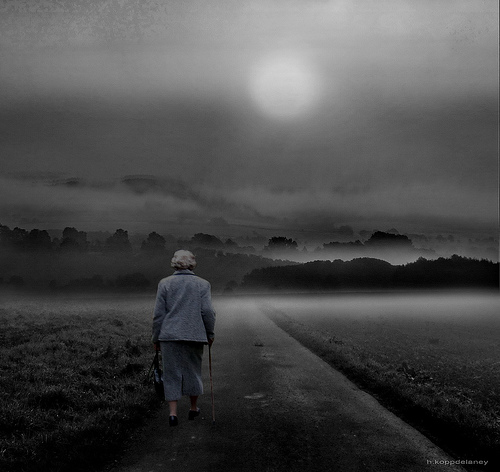Making the decision to place a loved one in a nursing home is always a difficult and emotional process. The San Diego nursing home neglect lawyer at our firm appreciate that the process is made even more difficult by the fact that most families do not know where to begin when choosing a home. With stories of nursing home mistreatment shared frequently, it is not easy to confidently select a facility where a loved one’s quality of care will be prioritized.
There are no fool-proof ways to chose a long-term care facility without having any risk at all of a senior suffering from neglect or mistreatment. However, one great resource to start with is the “Nursing Home Compare” website supported by the Centers for Medicare and Medicaid (CMS). The website offers various tools which allow those throughout the country to get an idea of how certain nursing home stack up against one another on a wide range of variables. Combining various data sets (mostly based on federal regulatory information), the website also gives virtually all nursing homes in the country a uniform rating of between one and five stars. The rating is perhaps the easiest way to get a split-second estimate of the level of care likely to be provided at any given facility. 
This week the Government Accountability Office (GAO) released the results of a study into the CMS rating system. The study was called for by the Patient Protection & Affordable Care Act. The research examined the history of the nursing home rating system and the ways that the system might be altered in the future.
 Southern California Nursing Home Abuse Lawyer Blog
Southern California Nursing Home Abuse Lawyer Blog






 For example, two El Dorado County nurses have recently been charged with felony elder abuse involving the 2008 death of 77-year-old Johnnie Esco. Our
For example, two El Dorado County nurses have recently been charged with felony elder abuse involving the 2008 death of 77-year-old Johnnie Esco. Our  The Department of Public Health (DPH) enforces both state and federal regulations that govern California nursing homes. However, the state and federal systems follow different rules and can levy different fines and sanctions when nursing homes commit violations. According to the DPH, it receives about 19,000 complaints and facility-reported issues each year. The DPH instructs inspectors to first examine problems in light of state laws that allow them to levy fines of $1,000 to $100,000. Those fines can be levied for a number of reasons, including, for example, a finding of
The Department of Public Health (DPH) enforces both state and federal regulations that govern California nursing homes. However, the state and federal systems follow different rules and can levy different fines and sanctions when nursing homes commit violations. According to the DPH, it receives about 19,000 complaints and facility-reported issues each year. The DPH instructs inspectors to first examine problems in light of state laws that allow them to levy fines of $1,000 to $100,000. Those fines can be levied for a number of reasons, including, for example, a finding of 
 Data released by a new statewide study shows that better access to preventive and primary health care could have kept thousands of Californians out of hospitals,
Data released by a new statewide study shows that better access to preventive and primary health care could have kept thousands of Californians out of hospitals, 
 The state health department reported that despite the man’s previous wandering behavior, the senior—who suffered from dementia, kidney failure, and heart disease—was not wearing a patient monitoring device. The care plan established by the nursing facility also failed to address the man’s prior attempts to leave the home. The man’s body was found in a creek one block south of the nursing home. The temperature dropped to below freezing on the night he disappeared. He died of hypothermia, likely several hours after he wandered off.
The state health department reported that despite the man’s previous wandering behavior, the senior—who suffered from dementia, kidney failure, and heart disease—was not wearing a patient monitoring device. The care plan established by the nursing facility also failed to address the man’s prior attempts to leave the home. The man’s body was found in a creek one block south of the nursing home. The temperature dropped to below freezing on the night he disappeared. He died of hypothermia, likely several hours after he wandered off. A state investigation conducted by health officials has uncovered a widespread problem in
A state investigation conducted by health officials has uncovered a widespread problem in  The American Academy of Neurology’s most recent
The American Academy of Neurology’s most recent 






